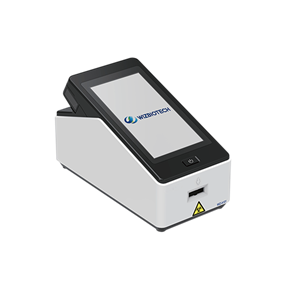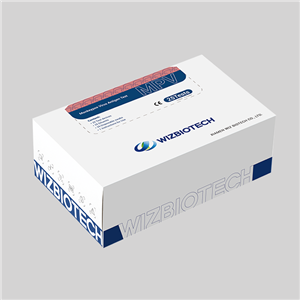In-depth exploration of the role of C-reactive protein (CRP)
C-reactive protein (CRP) is an important biomarker that plays a crucial role in the immune response to inflammation in the body. In recent years, there has been increasing interest in understanding the functions and mechanisms of CRP in various physiological and pathological processes. This article aims to provide a comprehensive overview of the current knowledge regarding the role of CRP.
1.Tissue damage and surgical trauma
Factors such as viral or bacterial infections, ischemia, and immune complex deposition can lead to tissue damage. During the acute phase of tissue damage, CRP significantly increases as a nonspecific marker. Dynamic monitoring of CRP after surgery can be used to evaluate postoperative infections and complications. If the CRP level remains high after 5-7 days, it suggests the possibility of infection or thromboembolism.
2.Discriminating bacterial infections from viral infections
CRP has been proven to be useful in differentiating bacterial infections from viral infections. In bacterial infections, CRP levels significantly increase and the degree of elevation correlates with the severity of the infection. During the acute phase of bacterial infection, CRP levels are significantly elevated. In viral infections, CRP either does not increase or only mildly increases.
3.Monitoring organ transplant rejection
Within 3 days after organ transplantation, CRP levels increase and then start to decrease. If the concentration does not decrease, it suggests the presence of early rejection.
4.Risk factor for cardiovascular diseases
Using the highly sensitive latex-enhanced method to detect low concentrations of CRP, also known as high-sensitivity CRP (hs-CRP), can be used as a risk factor to assess the risk of coronary heart disease and myocardial infarction. Individuals with elevated hs-CRP levels have a higher probability of experiencing acute stroke compared to healthy individuals. Regular hs-CRP testing can help detect potential cardiovascular disease risks early. CRP starts to increase within a few hours of the onset of cardiovascular pain, reaches its peak in 3-4 days, and returns to normal after 7-10 days when CK-MB levels have also returned to normal.
5.Assessing the severity of pancreatitis
CRP has a high sensitivity for acute necrotizing pancreatitis.
In conclusion, the role of C-reactive protein extends beyond its traditional association with inflammation. Due to its involvement in multiple physiological and pathological processes, CRP has become a promising biomarker for disease diagnosis, prognosis, and therapeutic intervention. WIZ has developed the C-reactive protein test kit (Fluorescence Immunochromatographic Assay). If you would like to learn more about our product, please contact our sales team!




